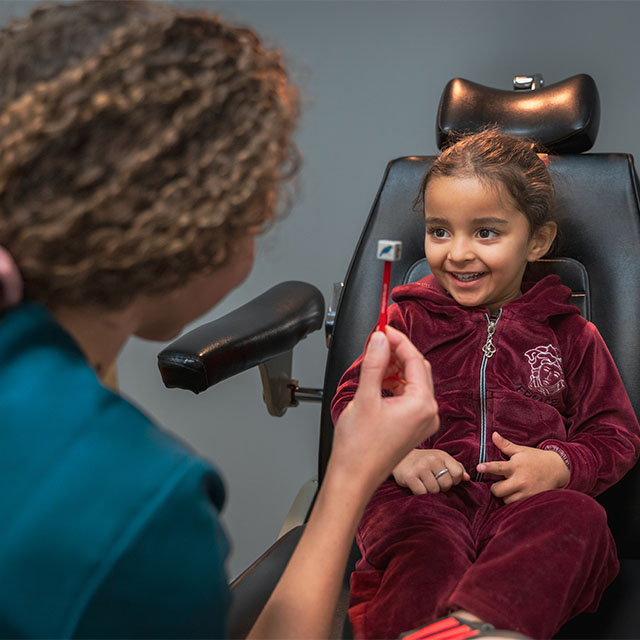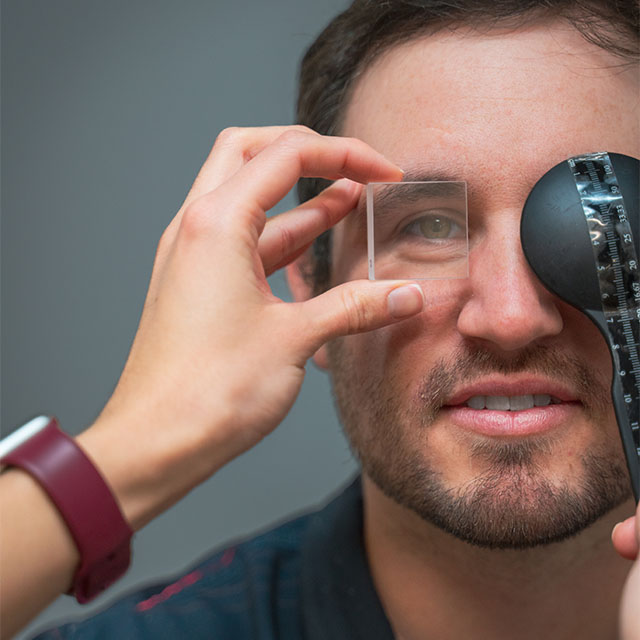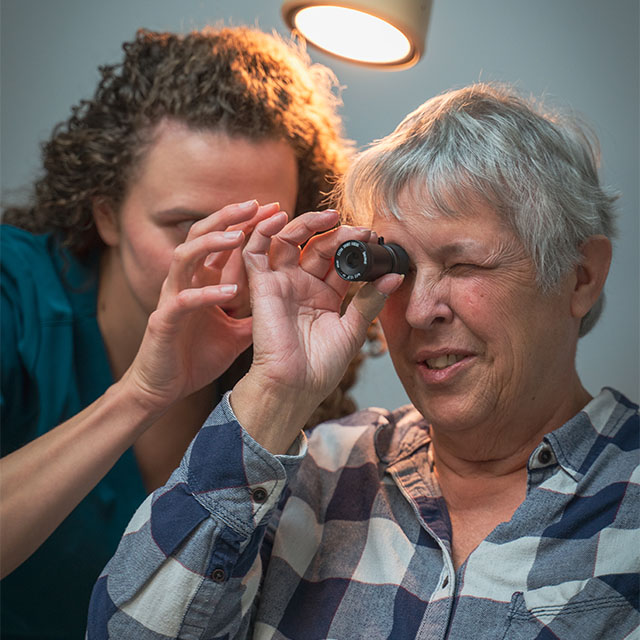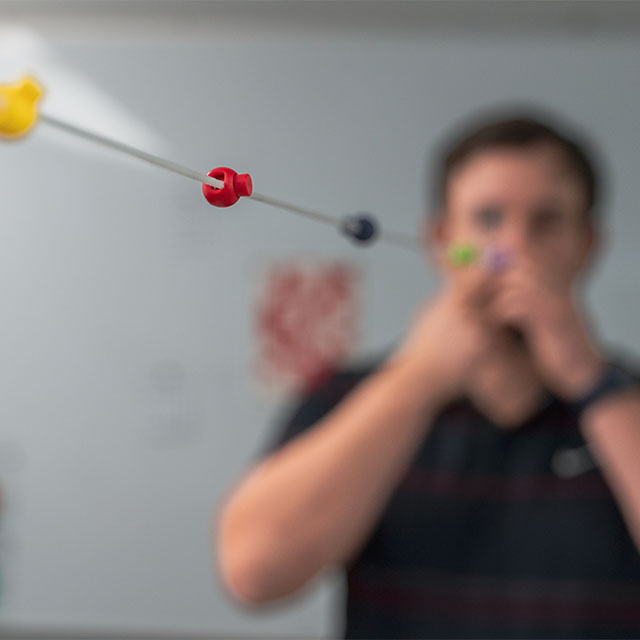Digital Eye Strain in Kelowna
What does your technology do for you? Today, we can order dinner, buy concert tickets, chat with friends, play games, and even work, all from virtually any device with a screen. Smartphones, gaming consoles, computers, and tablets make our lives more convenient.
But, there are some drawbacks to increased screen time.
It’s almost impossible to get away from devices at school, work, and home, and as a result, an estimated 65% of Americans suffer from discomfort related to digital eye strain. Too much screen time can also affect how kids’ eyes develop, linking to an increased risk of myopia (nearsightedness).
Digital eye strain is also known as computer vision syndrome. It refers to a group of ocular issues stemming from too much time spent using digital devices.
If you’re experiencing eye discomfort after staring at your screen, we can help. We’ll assess your screen habits and provide some strategies to mitigate your discomfort.
Book an appointment to find relief from digital eye strain today.
Symptoms Of Digital Eye Strain
There are a few common symptoms associated with digital eye strain, including:

- Dry eyes
- Headaches
- Eye strain
- Blurry vision
- Neck and shoulder pain
Often, symptoms will alleviate when you take a solid screen time break. But, the discomfort will return once you’re in front of a digital device again. To find long-term relief, you’ll need to implement some prevention strategies.
It’s also important to visit your optometrist to help detect any other conditions that might affect your eye comfort.
Mitigating Digital Eye Strain
Children with binocular vision problems can struggle with routine tasks. They may feel clumsy or self-conscious, shying away from sports or struggling with schoolwork.
The root of these problems often comes from a poor connection between the brain and the eyes. When your child sees double, their left and right eyes don’t sync up. When there’s miscommunication or poor visual development, the brain can learn to ignore visual input from one eye.
Assessing the health and functionality of both eyes, together and separately, can help pinpoint the problem.
Kids & Digital Eye Strain

Increased device use also means kids are spending more time indoors. The World Health Organization recommends limiting screen time for children and encouraging them to play outside instead.
Children should have regular, comprehensive eye exams to support the health of their vision, regardless of their screen time. Schedule an appointment to support your child’s eye health today.
What We Do

We're here to help your little one protect their sight for years to come. Look out for your kid's life-long vision with early eye care.

When the brain experiences trauma, visual processing may be disrupted. Specialized Vision Therapy treatment can help with your recovery.

Daily tasks can be difficult for a person with low vision. With a low vision assessment and function solutions you can still live your best life.

Vision therapy uses evidenced-based solutions & personalized care to improve visual function. Find out if your child's vision is working as it should.
